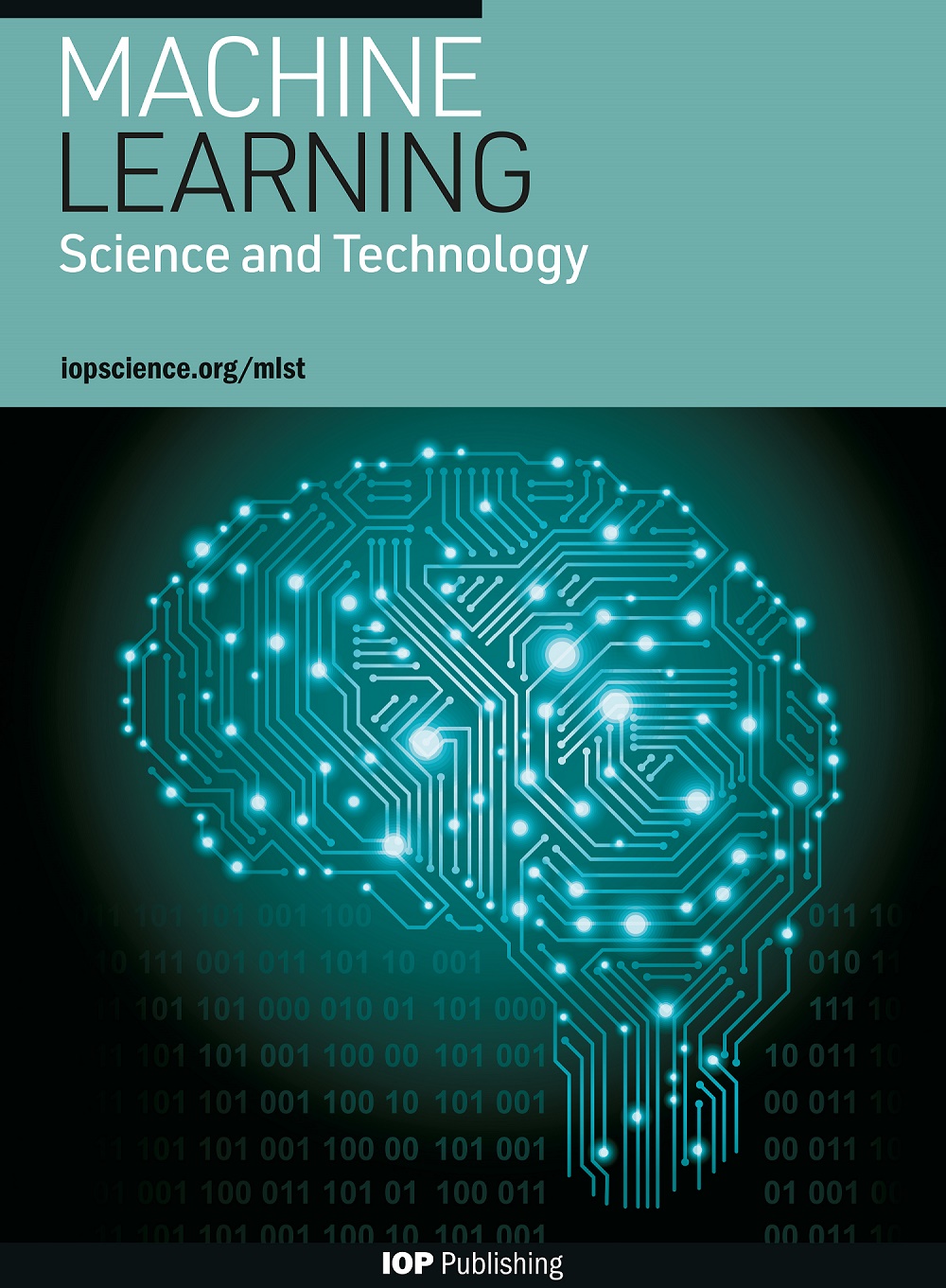Machine learned environment-dependent corrections for a spds∗ empirical tight-binding basis
IF 4.6
2区 物理与天体物理
Q1 COMPUTER SCIENCE, ARTIFICIAL INTELLIGENCE
引用次数: 0
Abstract
Empirical tight-binding (ETB) methods have become a common choice to simulate electronic and transport properties for systems composed of thousands of atoms. However, their performance is profoundly dependent on the way the empirical parameters were fitted, and the found parametrizations often exhibit poor transferability. In order to mitigate some of the the criticalities of this method, we introduce a novel Δ-learning scheme, called MLΔTB. After being trained on a custom data set composed of机器学习环境对 spds∗ 经验紧密结合基础的修正
经验紧密结合(ETB)方法已成为模拟由数千个原子组成的系统的电子和传输特性的常见选择。然而,它们的性能在很大程度上取决于经验参数的拟合方式,而且找到的参数往往表现出很差的可移植性。为了减轻这种方法的一些缺陷,我们引入了一种新颖的 Δ 学习方案,称为 MLΔTB。在对由非原位带结构组成的定制数据集进行训练后,该框架能够将局部原子环境与系统中每个原子的现场 ETB 参数校正联系起来。收敛算法被用于模拟随机 GaAsSb 合金的电子特性,并与实验数据和非原位测试数据显示出显著的一致性。MLΔTB 的一些值得注意的特点包括:可在少量实例上进行训练、可应用于任意大小的三维超级单元、旋转不变以及可预测训练集未显示的物理性质。
本文章由计算机程序翻译,如有差异,请以英文原文为准。
求助全文
约1分钟内获得全文
求助全文
来源期刊

Machine Learning Science and Technology
Computer Science-Artificial Intelligence
CiteScore
9.10
自引率
4.40%
发文量
86
审稿时长
5 weeks
期刊介绍:
Machine Learning Science and Technology is a multidisciplinary open access journal that bridges the application of machine learning across the sciences with advances in machine learning methods and theory as motivated by physical insights. Specifically, articles must fall into one of the following categories: advance the state of machine learning-driven applications in the sciences or make conceptual, methodological or theoretical advances in machine learning with applications to, inspiration from, or motivated by scientific problems.
 求助内容:
求助内容: 应助结果提醒方式:
应助结果提醒方式:


